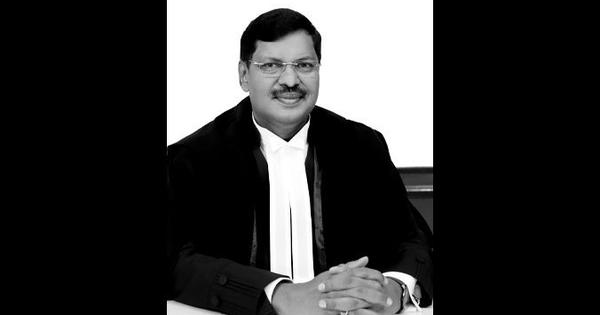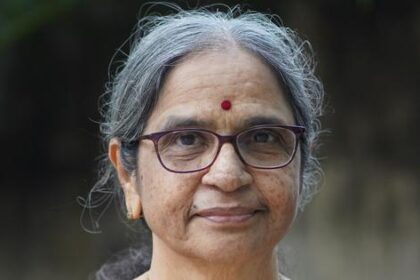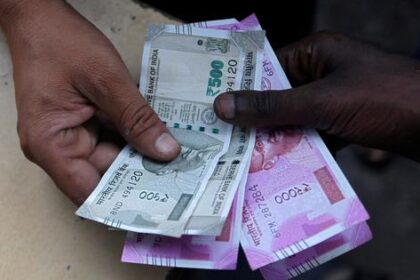Public reactions highlight the complexities of caste, justice, and community sentiments in India.
Responses to recent articles on various topics have stirred significant discussion among readers, particularly regarding the incident involving Chief Justice of India (CJI) Gavai. A comment by Anand Teltumbde, which critiques the shoe-throwing incident directed at Gavai, has been described as one-sided and biased. Teltumbde suggests that the incident arose solely from the CJI’s dismissal of a petition related to a Vishnu idol’s rehabilitation at a Khajuraho temple. However, critics point out that the outrage was actually provoked by the CJI’s remarks during the dismissal. His statement, urging petitioners to ask Lord Vishnu to rehabilitate his own head, has been interpreted as a mockery of the religious sentiments of many Hindus, which understandably sparked the incident.
Some readers argue that Teltumbde’s portrayal of Hindus and his framing of Dalits as perpetual victims indicate a prejudiced perspective. They contend that if the roles were reversed, the tone and arguments presented would likely differ significantly. This selective narrative is seen as contributing to social discord, fostering resentment between communities instead of promoting understanding. Responsible journalism, they assert, should strive for fairness and balance, steering clear of ideological biases that could lead to further mistrust in society.
The incident itself, where a plaintiff’s counsel threw a shoe at the CJI, has drawn sharp criticism. Commentators express disappointment at the actions of a legal representative, who is expected to engage in civil discourse within the courtroom. The Registrar of the Court’s decision not to press charges suggests a belief that the incident did not constitute an assault on justice or the judiciary itself. The narrative surrounding this event emphasizes that the CJI’s status as a Dalit may have influenced the reactions to his remarks, highlighting the complexities of caste in the judicial system.
Jaipat Jain raises concerns about the CJI’s comments, calling them gratuitously injudicious. His remarks, which included telling petitioners to pray to the deity, are questioned for lacking judicial restraint. Such comments, in the eyes of some, detract from the dignity expected of a high-ranking judge and potentially exacerbate tensions within the courtroom environment.
Moreover, some readers reflect on the broader implications of caste in society. A commenter, Satish Bahadur, shares his own experience of becoming aware of caste distinctions only later in life, suggesting that perceptions of caste are largely shaped by media and political narratives. He proposes the idea of implementing laws that would prohibit identifying individuals by caste-related names or surnames, emphasizing that societal attitudes towards caste are influenced by upbringing and peer perceptions.
In the context of development projects, such as the Char Dham highway initiative, another perspective emerges. Mohan Srinivasa argues against the opposition from activists, positing that a well-connected road network is essential for the local community and overall prosperity. He expresses confidence in engineers to address potential risks associated with landslides, suggesting a need for practical solutions rather than resistance to progress.








